-
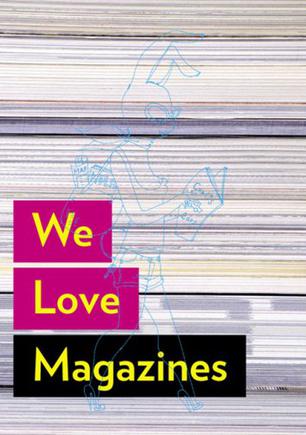
We Love Magazines
We Love Magazines explores magazines and magazine culture with groundbreaking visuals and editorial contributions from around the world. The book features in-depth analysis of various aspects of magazine creation while, as the title reflects, celebrating with genuine pleasure a medium that continues to entertain, inform and surprise. We Love Magazines includes essays by international experts on not only practical topics such as the role of a cover and advertising, but also on historical subjects such as an analysis of groundbreaking moments and titles in magazine publishing. The book also contains the most comprehensive directory ever compiled of 1,100 international pop culture magazines and the shops in which to buy them. In addition, readers are introduced to ten pioneering, independent magazines that have created their own chapters for the book. These are: Carl*s Cars (Norway), Coupe (Canada), Frame (The Netherlands), Omagiu (Romania), Rojo (Spain), S-magazine (Denmark), Shift! (Germany), Streets/Fruits/Tune (Japan), thisisamagazine.com (Italy) and Yummy (France) In keeping with the independent spirit of the magazines featured in the book, We Love Magazines has been published with ten slightly different covers. All have the same title graphic and background photo but feature ten different drawings in blue foil block by Mio Matsumoto. The drawings portray ten different readers, who each represent one of the ten contributing magazines listed above. The book We Love Magazines was created as an accompaniment to the Colophon2007 magazine symposium, which takes place in Luxembourg on March 9-11, 2007. For more information: www.welovemags.com -
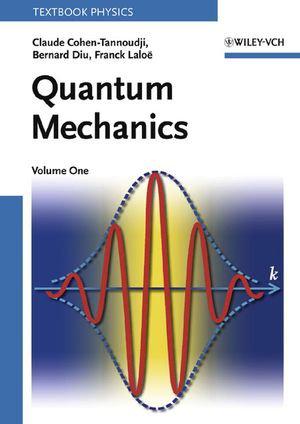
Quantum Mechanics
在线阅读本书 Beginning students of quantum mechanics frequently experience difficulties separating essential underlying principles from the specific examples to which these principles have been historically applied. Nobel–Prize–winner Claude Cohen–Tannoudji and his colleagues have written this book to eliminate precisely these difficulties. Fourteen chapters provide a clarity of organization, careful attention to pedagogical details, and a wealth of topics and examples which make this work a textbook as well as a timeless reference, allowing to tailor courses to meet students′ specific needs. Each chapter starts with a clear exposition of the problem which is then treated, and logically develops the physical and mathematical concept. These chapters emphasize the underlying principles of the material, undiluted by extensive references to applications and practical examples which are put into complementary sections. The book begins with a qualitative introduction to quantum mechanical ideas using simple optical analogies and continues with a systematic and thorough presentation of the mathematical tools and postulates of quantum mechanics as well as a discussion of their physical content. Applications follow, starting with the simplest ones like e.g. the harmonic oscillator, and becoming gradually more complicated (the hydrogen atom, approximation methods, etc.). The complementary sections each expand this basic knowledge, supplying a wide range of applications and related topics as well as detailed expositions of a large number of special problems and more advanced topics, integrated as an essential portion of the text. -
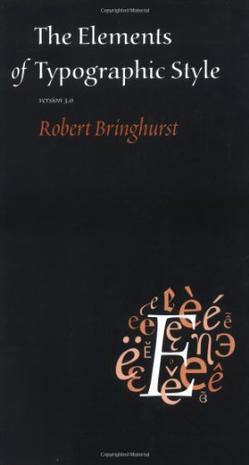
The Elements of Typographic Style
Renowned typographer and poet Robert Bringhurst brings clarity to the art of typography with this masterful style guide. Combining the practical, theoretical, and historical, this edition is completely updated, with a thorough exploration of the newest innovations in intelligent font technology, and is a must-have for graphic artists, editors, or anyone working with the printed page using digital or traditional methods. -
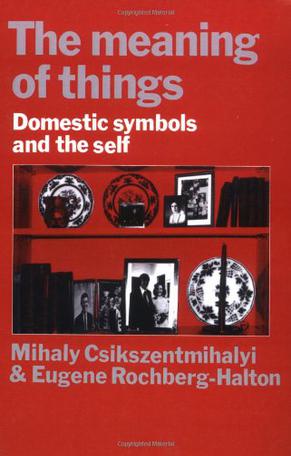
The Meaning of Things
The meaning of things is a study of the significance of material possessions in contemporary urban life, and of the ways people carve meaning out of their domestic environment. Drawing on a survey of eighty families in Chicago who were interviewed on the subject of their feelings about common household objects, Mihaly Csikszentmihalyi and Eugene Rochberg-Halton provide a unique perspective on materialism, American culture, and the self. They begin by reviewing what social scientists and philosophers have said about the transactions between people and things. In the model of 'personhood' that the authors develop, goal-directed action and the cultivation of meaning through signs assume central importance. They then relate theoretical issues to the results of their survey. An important finding is the distinction between objects valued for action and those valued for contemplation. The authors compare families who have warm emotional attachments to their homes with those in which a common set of positive meanings is lacking, and interpret the different patterns of involvement. They then trace the cultivation of meaning in case studies of four families. Finally, the authors address what they describe as the current crisis of environmental and material exploitation, and suggest that human capacities for the creation and redirection of meaning offer the only hope for survival. A wide range of scholars - urban and family sociologists, clinical, developmental and environmental psychologists, cultural anthropologists and philosophers, and many general readers - will find this book stimulating and compelling. -
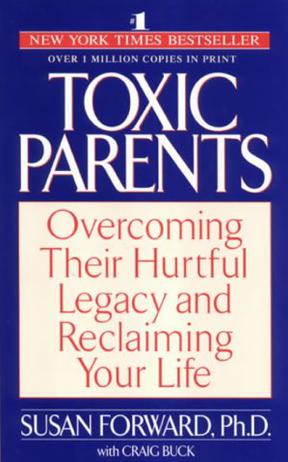
Toxic Parents
Millions of lives are damaged by the legacy of parental abuse. Parents who ignored their children's needs or overburdened them with guilt. Parents who were alcoholic or addicted to drugs. Parents who were exploitative and cruel, or simply indifferent and inadequate. When these children reach adulthood the damage done by their toxic parents manifests itself in depression, or difficulties with relationships, careers and decision-making. This book confronts this painful legacy and shows why it is so difficult to put the past behind you. She offers alternatives for achieving inner peace and for freeing yourself from the frustrating patterns of your relationships with your parents. Filled with case histories and testimony from adult children of toxic parents, this book also offers the self-help techniques Dr Forward has developed to change the lives of her patients. -
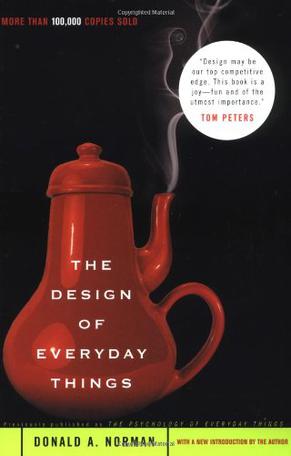
The Design of Everyday Things
Donald Norman's best-selling plea for user-friendly design, with more than 175,000 copies sold to date, is now a Basic paperback. First, businesses discovered quality as a key competitive edge; next came service. Now, Donald A. Norman, former Director of the Institute for Cognitive Science at the University of California, reveals how smart design is the new competitive frontier. The Design of Everyday Things is a powerful primer on how--and why--some products satisfy customers while others only frustrate them.